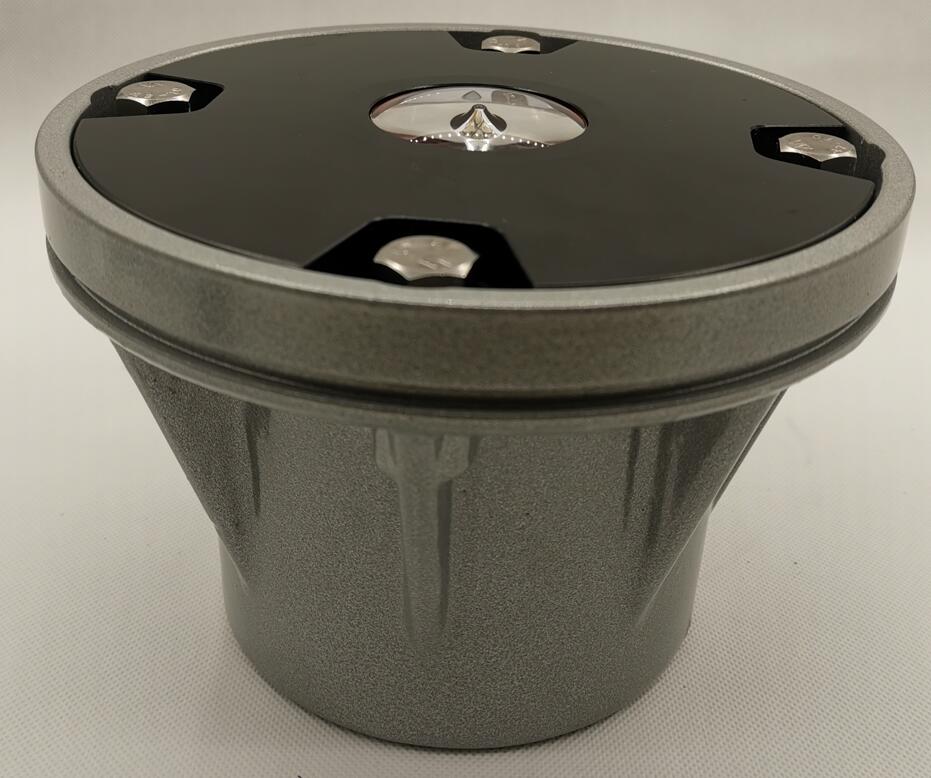Helipad Landing Lights: Essential Illumination for Safe Night Operations
Helipad landing lights play a critical role in ensuring safe and precise landings, especially during nighttime or low-visibility conditions. These specialized lighting systems guide pilots by marking the boundaries, center, and approach path of a helipad, reducing the risk of accidents. This article explores the importance, types, and technological advancements in helipad landing lights , highlighting their significance in modern aviation.
The Importance of Helipad Landing Lights
Helicopter operations often occur in challenging environments, including urban rooftops, offshore platforms, and remote medical evacuation sites. Proper illumination is essential for:
Enhanced Visibility: Landing lights make the helipad clearly visible from the air, even in darkness or adverse weather.

Pilot Guidance: They define the landing zone, preventing misalignment and ensuring a stable approach.
Safety Compliance: Regulatory bodies like the FAA and ICAO mandate specific lighting standards for helipads to ensure operational safety.
| Helipad Landing Lights |
Without adequate lighting, pilots face increased risks of spatial disorientation, hard landings, or collisions with obstacles.
Types of Helipad Landing Lights
Several lighting configurations are used depending on the helipad’s location and purpose:
Perimeter Lights – These outline the edges of the helipad, typically using steady or flashing LED lights for high visibility.
| Helipad Landing Light |
Floodlights – Installed to illuminate the entire landing surface, ensuring the pilot can assess ground conditions.
Approach Lights – Positioned along the flight path, these guide the pilot during the final descent.
Wind Indicator Lights – Often integrated with the helipad lighting system, they show wind direction using illuminated cones or tetrahedrons.
Hazard Beacon – A rotating or flashing light that warns of potential obstructions near the helipad.
Technological Advancements in Helipad Landing Lights
Modern helipad lighting systems leverage cutting-edge technology to improve efficiency and reliability:
LED Lighting: Energy-efficient, long-lasting, and highly visible, LEDs have replaced traditional incandescent bulbs in most helipad applications.
Solar-Powered Systems: Ideal for remote locations, solar-powered lights eliminate the need for external power sources.
Smart Lighting Controls: Automated systems adjust brightness based on ambient light conditions or activate via motion sensors when a helicopter approaches.
Wireless Synchronization: Some advanced systems allow remote monitoring and control, ensuring optimal performance at all times.
Regulatory Standards for Helipad Lighting
Helipad lighting must comply with strict aviation regulations to ensure uniformity and safety. Key standards include:
FAA AC 150/5390-2C: Specifies lighting requirements for helipads, including intensity, color, and spacing.
ICAO Annex 14: Provides international guidelines for heliport lighting, ensuring compatibility across different regions.
IEC 61820: Covers the performance and testing of helipad lighting systems.
Adhering to these standards ensures that helipads are universally recognizable and safe for pilots worldwide.
Applications of Helipad Landing Lights
Helipad lighting is essential across various sectors:
Hospital Helipads: Enable emergency medical services (EMS) to operate at night, saving critical time for patient transfers.
Offshore Platforms: Ensure safe landings on oil rigs and ships, where visibility is often compromised by fog or sea spray.
Urban Rooftop Helipads: Facilitate law enforcement, corporate travel, and news helicopters in densely populated areas.
Military Operations: Support night missions, search-and-rescue (SAR) operations, and tactical deployments.
Future Trends in Helipad Lighting
As aviation technology evolves, helipad landing lights are expected to incorporate:
Enhanced Automation: AI-driven systems that adjust lighting patterns based on real-time weather and traffic data.
Augmented Reality (AR) Integration: AR overlays could provide pilots with additional visual cues during approach.
Sustainable Solutions: More solar and wind-powered lighting systems to reduce environmental impact.
Helipad landing lights are indispensable for safe helicopter operations, particularly in low-light conditions. With advancements in LED technology, solar power, and smart controls, these systems continue to improve in efficiency and reliability. Whether for medical emergencies, offshore logistics, or urban air mobility, high-quality helipad lighting ensures that pilots can land safely and confidently, day or night.
